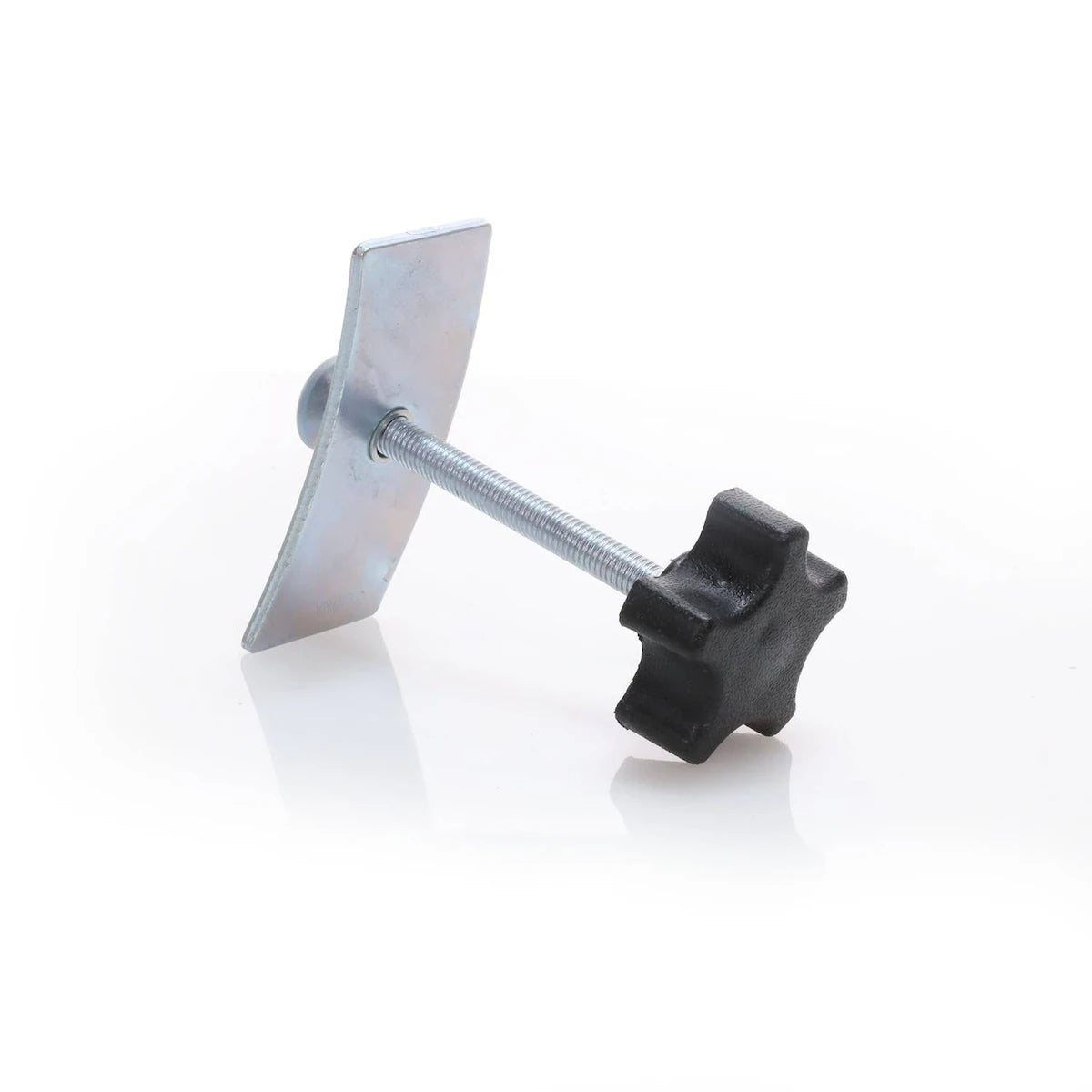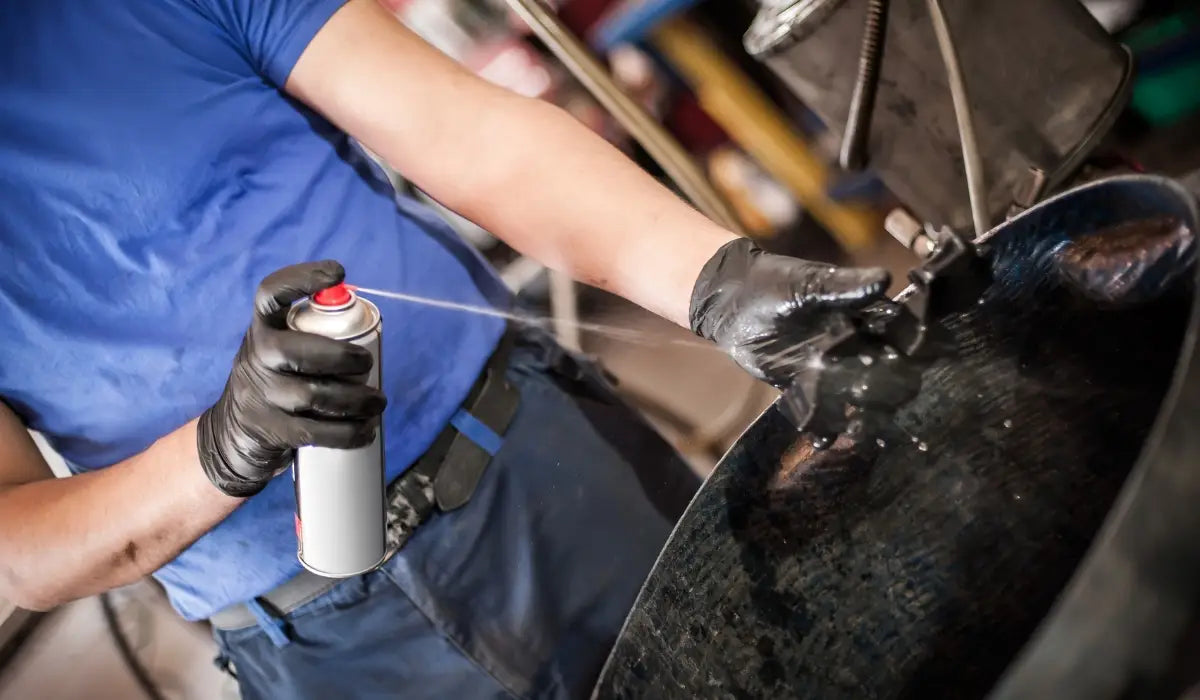Car Tie Rod End Pullers A Comprehensive Guide
Car tie rod end pullers are essential tools for any automotive repair enthusiast or professional mechanic. These specialized tools are used to remove and replace tie rod ends, which connect the steering rack to the wheels of a vehicle. Over time, tie rod ends can become worn or damaged, leading to poor handling, uneven tire wear, and potentially dangerous driving conditions. In this comprehensive guide, we will explore the different types of car tie rod end pullers, how to choose the right one for your needs, and best practices for using, maintaining, and storing these important tools.
Essential Tools for Automotive Repairs: Car Tie Rod End Pullers

Before we dive into the details of car tie rod end pullers, let's first understand their importance in automotive repairs. Tie rod ends are crucial components in a vehicle's steering system, connecting the steering rack to the wheels. They allow for smooth and precise steering control, ensuring safe and comfortable driving. However, over time, these joints can become loose or damaged due to wear and tear, rough roads, or accidents. When this happens, it is necessary to replace the tie rod ends to maintain the vehicle's performance and safety.
Replacing tie rod ends requires specialized tools, and a car tie rod end puller is at the top of the list. Without this tool, removing the old tie rod end can be extremely difficult and may even damage other parts of the vehicle. Therefore, investing in a good quality car tie rod end puller is essential for any automotive repair shop or DIY enthusiast.
Choosing the Right Car Tie Rod End Puller for Your Needs

There are several types of car tie rod end pullers available on the market, each designed for specific applications. It is essential to choose the right type of puller for the job to avoid damaging the vehicle or injuring yourself. The following are the four main types of car tie rod end pullers:
Fork-Type Pullers
Fork-type pullers are the most common type of car tie rod end pullers. They resemble a fork, with two prongs that fit around the tie rod end's ball joint and a threaded handle for applying force. These pullers are suitable for most vehicles and can easily remove tie rod ends without damaging other components. They are also relatively inexpensive and easy to use.
Internal Thread Pullers
Internal thread pullers have a threaded bolt that screws into the tie rod end's center hole. This provides leverage to separate the joint, making it easier to remove the tie rod end from the steering knuckle. These pullers are best suited for larger or more stubborn tie rod ends and offer more pulling power than fork-type pullers.
Hammer Impact Pullers
Hammer impact pullers use a hammer to strike a slide hammer that drives a wedge between the tie rod end and the knuckle, separating the joint. These pullers are useful for removing heavily corroded or rusted tie rod ends. However, they require more effort and may cause more damage to the surrounding area if not used carefully.
Hydraulic Pullers
Hydraulic pullers use hydraulic pressure to apply force and separate the tie rod end. They offer the most significant pulling power among the four types of pullers but are also the most expensive. Hydraulic pullers are best suited for heavy-duty vehicles or industrial applications.
Now that we know the different types of car tie rod end pullers let's look at some factors to consider when choosing the right one for your needs.
- Strength and Durability: The puller should have sufficient strength to separate the joint without breaking. Look for pullers made of high-quality materials such as hardened steel to ensure durability.
- Jaw Capacity: The puller's jaw capacity should be suitable for the diameter of the tie rod end to be removed. It is always better to have a puller with a larger jaw capacity as it can be used for various vehicles.
- Compatibility: Make sure the puller is compatible with the make and model of your vehicle. Some pullers may only work for certain types of tie rod ends, so check the specifications before purchasing.
- Ease of Use: Choose a puller that is easy to use, especially if you are a DIY enthusiast. Look for features such as a comfortable grip and simple instructions for setup and operation.
How to Use a Car Tie Rod End Puller Safely and Effectively
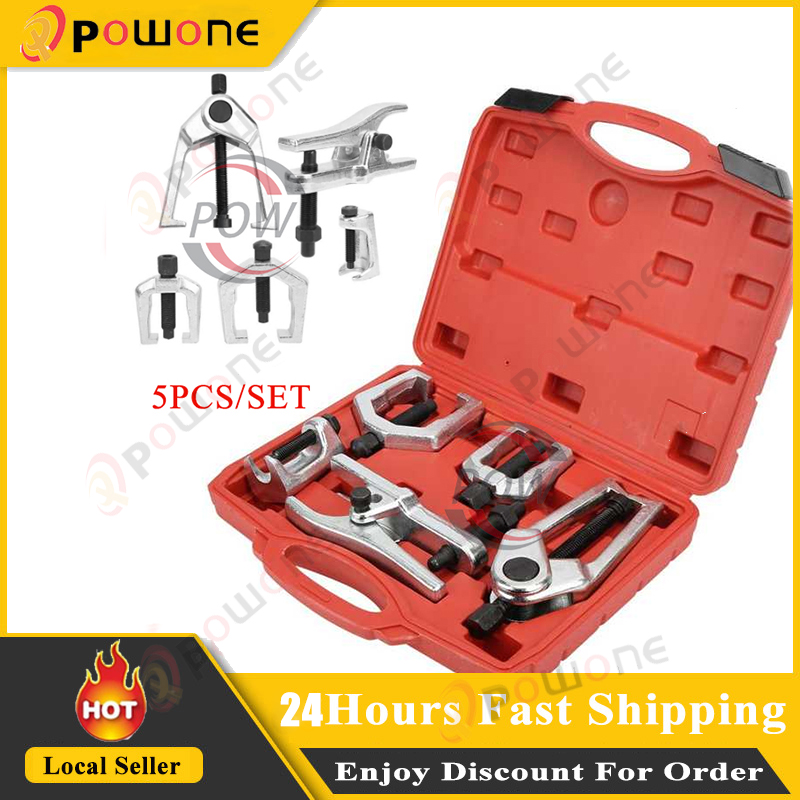
Using a car tie rod end puller may seem straightforward, but it is essential to follow proper procedures to avoid accidents or damaging the vehicle. Here is a step-by-step guide on how to use a car tie rod end puller safely and effectively:
- First, park the vehicle on a level surface and engage the parking brake.
- Loosen the lug nuts on the wheel where the tie rod end needs to be replaced.
- Use a jack to lift the vehicle and support it with jack stands.
- Remove the wheel and locate the tie rod end.
- Place the appropriate type of puller around the tie rod end's ball joint or center hole.
- Tighten the puller's nut or handle using a wrench or ratchet, depending on the type of puller.
- As the puller tightens, it will put pressure on the tie rod end, causing it to separate from the steering knuckle.
- Once the tie rod end is loose, remove the puller and gently pry the joint off with a pry bar.
- Install the new tie rod end by following the reverse process.
It is crucial to remember to wear protective gear, such as gloves and safety glasses, when using a car tie rod end puller. Also, make sure to follow the manufacturer's instructions for your specific puller model.
Troubleshooting Common Problems with Car Tie Rod End Pullers
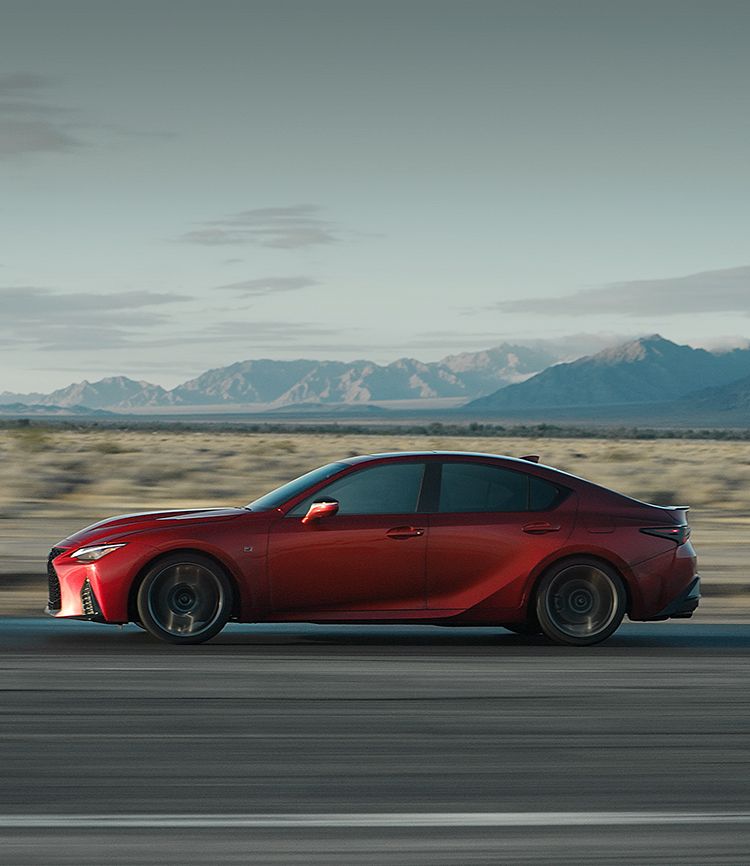
Even with proper usage and maintenance, car tie rod end pullers can encounter some issues. Here are some common problems you may encounter and their solutions:
- Puller is slipping: If the puller keeps slipping off the tie rod end, it could be due to worn or damaged jaws. Replace the puller's jaws or invest in a new puller to avoid damaging the vehicle.
- Puller is stuck on the tie rod end: In some cases, the puller may get stuck on the tie rod end after use, making it difficult to remove. Use a hammer to gently tap the puller's handle while holding the body of the puller to release the grip.
- Tie rod end is not separating: If the tie rod end is not coming loose even after applying enough pressure, it could be due to rust or corrosion. Apply some penetrating oil and let it sit for a few hours before trying again.
If none of these troubleshooting methods work, it may be best to seek professional help to avoid causing further damage to the vehicle.
Maintaining and Storing Your Car Tie Rod End Puller
Proper maintenance and storage are essential for prolonging the life of your car tie rod end puller. After each use, clean the puller and lubricate any moving parts to prevent rust or corrosion. It is also crucial to check the puller's condition regularly and replace any worn or damaged parts to ensure its effectiveness.
When storing the puller, make sure to keep it in a dry place, away from direct sunlight. It is also recommended to store it in its original case or a protective box to prevent any damage.
The Benefits of Using a Car Tie Rod End Puller
Using a car tie rod end puller offers several benefits, such as:
- Efficiency: With the right type of puller, you can quickly and easily remove tie rod ends without damaging other parts of the vehicle.
- Cost-Effective: Investing in a good quality car tie rod end puller can save you money in the long run by avoiding expensive repairs or replacements.
- Versatility: Depending on the type of puller, it can be used for various vehicles and applications, making it a versatile tool to have in your toolbox.
Alternatives to Using a Car Tie Rod End Puller
In some cases, you may not have access to a car tie rod end puller. In such situations, there are a few alternatives you can use to remove the tie rod end, such as using a pickle fork or a ball joint separator. However, these methods may require more effort and may not be suitable for all types of vehicles.
Safety Precautions When Using a Car Tie Rod End Puller
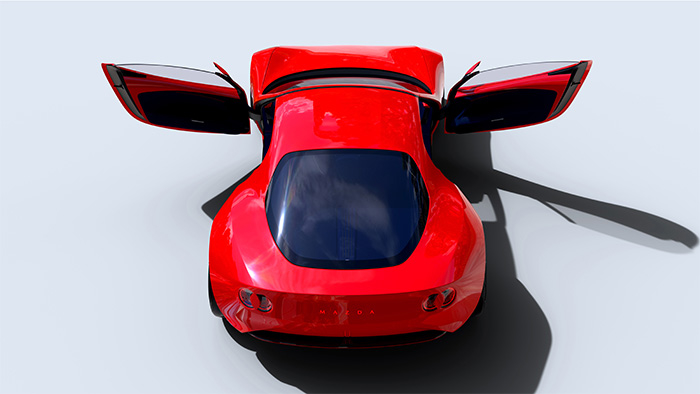
As with any automotive repair tool, it is crucial to follow safety precautions when using a car tie rod end puller. Here are some safety tips to keep in mind:
- Always wear protective gear, including gloves and safety glasses.
- Make sure the puller is securely attached to the tie rod end before applying pressure.
- Do not use excessive force, as this can cause the puller or other components to break.
- Double-check that the puller is disconnected from the tie rod end before removing the wheel or lowering the vehicle.
Conclusion: The Importance of Car Tie Rod End Pullers in Automotive Repairs
Car tie rod end pullers are essential tools for any automotive repair enthusiast or professional mechanic. They allow for efficient removal and replacement of tie rod ends, ensuring safe and comfortable driving. When selecting a car tie rod end puller, consider factors such as strength, jaw capacity, and compatibility with your vehicle. Always follow proper procedures, safety precautions, and maintenance practices to ensure the effectiveness and longevity of your puller. With this comprehensive guide, you now have all the information you need to choose, use, and maintain a car tie rod end puller for all your automotive repair needs.

